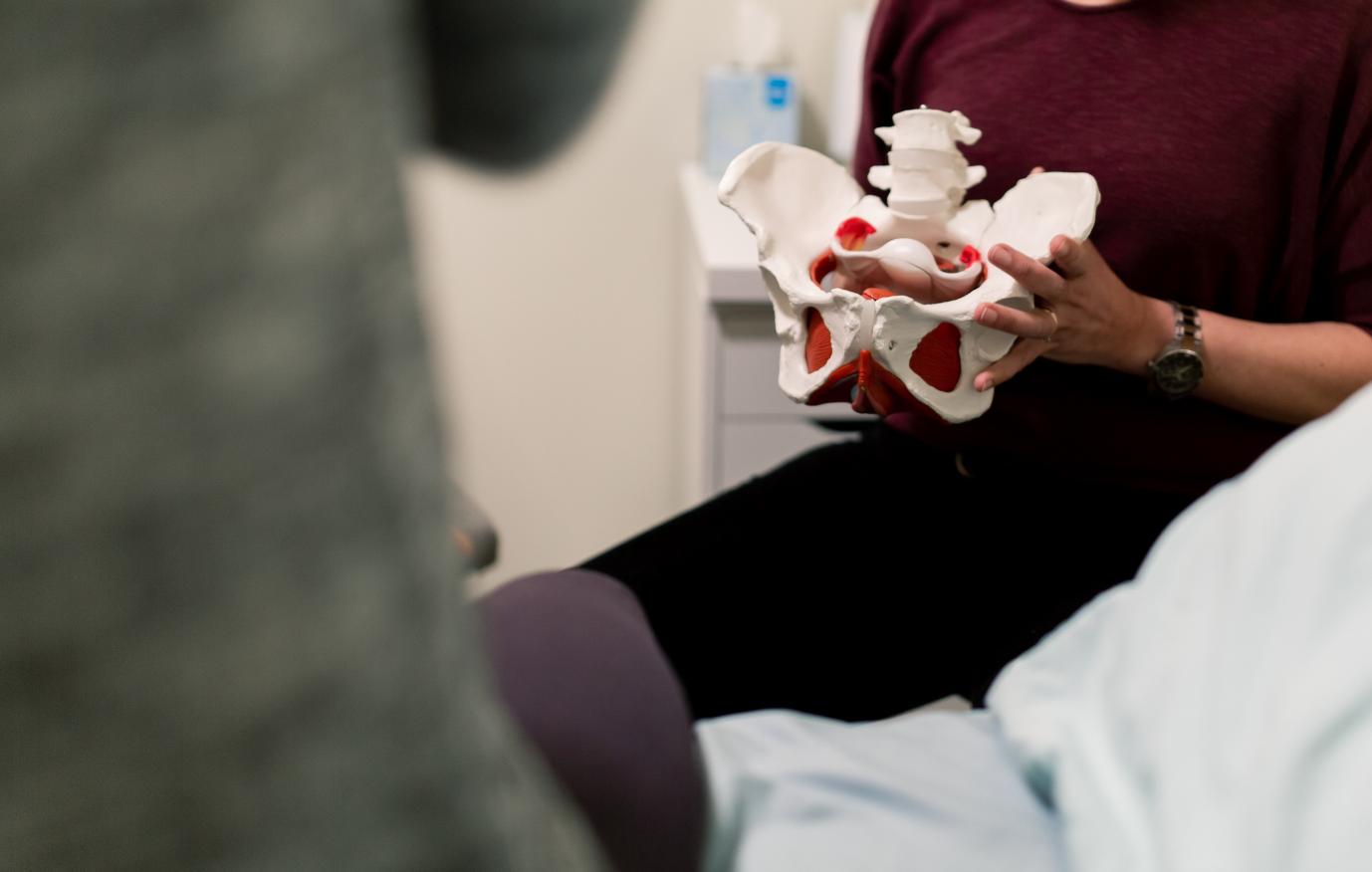Osteoarthritis (OA) and rheumatoid arthritis (RA) are two of the most common forms of arthritis, affecting millions of people worldwide. Although they share similar symptoms, they are distinct conditions with different underlying causes and treatment approaches. In this blog post, we will discuss the key differences between OA and RA and explain how a physiotherapist can help manage the symptoms of both conditions.
What is osteoarthritis (OA)?
Osteoarthritis affects the entire joint, particularly the articular cartilage that covers the ends of the bones. The cartilage changes over time due to factors such as genetics, age-related changes, and mechanical stress on the joint. The capacity of the cartilage to tolerate normal loads may change, resulting in joint discomfort and stiffness. This condition typically affects weight-bearing joints like the hips, knees, and spine. Over time, the cartilage providing a smooth surface for the joint to glide on thins and becomes less resilient. Consequently, the joint may not function as smoothly, resulting in discomfort and limited mobility. Read more









